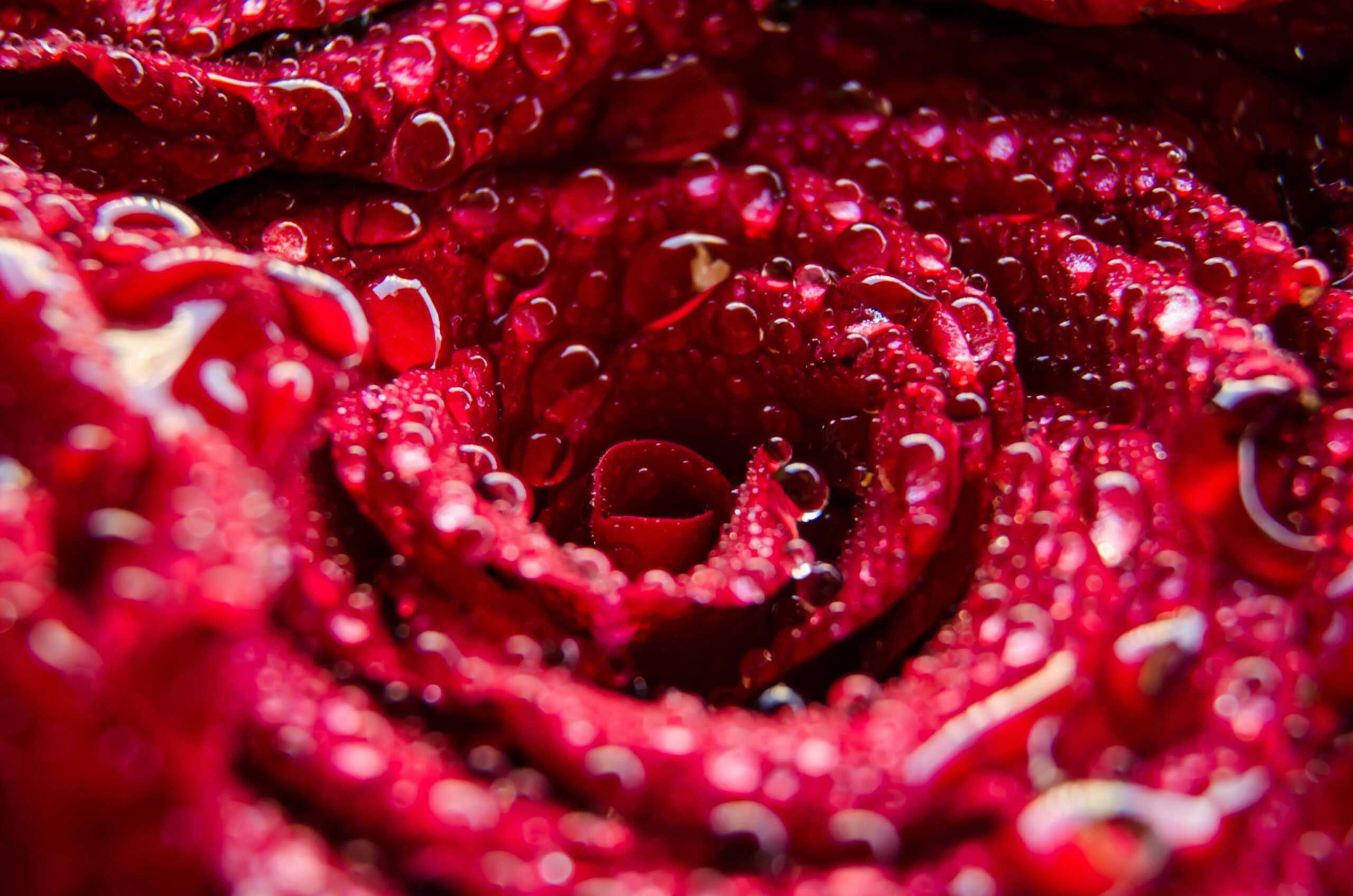Rose water has been a medicinal and nutritional staple since ancient times, tracing all the way back to Eurasia. Not only was it used to flavor food (frequently used as a halal substitute for red wine), but it was also a crucial component for religious ceremonies. In India, it’s often sprinkled to welcome guests to weddings.
Since then, it’s evolved into a cosmetic holy grail. Made by steeping rose petals in water, it can double as a toner, perfume or moisturizer, a key ingredient in countless creams and face washes. Many women in modern times empower themselves by concocting rose water themselves, though there are many rose water products on the market to choose from. Offering a range of benefits, here’s a deep dive into why rose water needs to be a starting player in your wellness routine.
5 Benefits of Rose Water
When it comes to the benefits of rose water, it’s difficult to boil them down to only five. Used to soothe sore throats, relieve headaches and aid in digestion, it has a place in your medicine cabinet just as much as your 12-step skincare routine. Here are its most significant qualities to consider for your beauty upkeep:
- Reduces skin redness
- Promotes hair growth
- Promotes anti-aging
- Soothes irritation
- Heals scars
What Does Rose Water Do For Your Skin?

Rose water, beyond all else, is the gift that keeps on giving when it comes to skincare. If you’re a person who suffers from eczema or rosacea, implementing rose water as a form of treatment can do wonders for soothing irritation. While the antibacterial properties found in rose water can help treat acne, its anti-inflammatory properties can reduce skin redness and puffiness as well. It’s also a key ingredient for products aimed to reduce wrinkles, as rose water is known for its anti-aging effects.
For the hyperpigmentation girlies, those very same antibacterial properties make rose water an antiseptic, which means it will not only help wounds heal faster, but can also speed up the healing process for scarring.
Is Rose Water Good For Hair?

Is your scalp in need of some love? Say goodbye to dandruff and frizz. Rose petals are high in vitamins A, B3, C, and E, which nourish the scalp and stimulate hair follicles, promoting hair growth. Suitable for all hair types, from oily to dry, rose water can be applied directly to the hair or scalp as shampoo, conditioner, an after-shampoo rinse, or as a mist. You shouldn’t exceed using it three times a week, however, as increased frequency of use can affect the scalp’s pH level.
If you’re on your loc journey, rose water can be your best friend, too. Using it as a mist protects your hair from bacteria and fungus and normalizes the porosity of locs, making the moisture absorb in the hair shaft easily and retain it if you’re combatting dryness.
How To Make Rose Water
Depending on the origin and manufacturing method, rose water can be made from the sepals and petals of rose flowers through steam distillation. If you want to give it a go at home, here’s a breakdown of the process:
What You’ll Need:
- Fresh rose petals (about 1-2 cups, preferably from organically grown roses)
- Distilled water (enough to cover the petals, about 2-3 cups)
- A large pot with a lid
- A heat-safe bowl (that fits inside the pot)
- A strainer or cheesecloth
- A spray bottle or jar for storing the rose water
What To Do:
Prepare the Roses:
- If you’re using roses from a florist or garden, make sure they are pesticide-free.
- Rinse the rose petals thoroughly to remove any dirt or insects.
Set Up the Pot:
- Place the heat-safe bowl in the center of the large pot.
- Scatter the rose petals around the bowl in the pot.
Add Water:
- Pour distilled water over the petals. The water should just cover the petals, not overflow into the bowl.
Simmer:
- Place the lid on the pot upside down. This will help the condensed steam to collect and drip into the bowl.
- Heat the pot over low heat. The water should not come to a boil but should be hot enough to produce steam.
- Allow the water to heat for about 20-30 minutes, or until the petals have lost their color and the water has taken on the color and scent of the roses.
Cool and Strain:
- Carefully remove the pot from the heat and let it cool completely.
- Remove the lid and take out the bowl. The bowl should contain the collected rose water.
- Strain the rose water through a fine strainer or cheesecloth to remove any remaining petals.
Store:
- Pour the rose water into a clean spray bottle or jar.
- Store it in the refrigerator. It should last for about a week to two weeks.
Rose Water Is Your Next Holy Grail
Whatever facet of wellness you’re looking to improve, rose water has something to offer. From revitalizing your scalp health to treating acne, there are virtually no risks when introducing rose water into your beauty care lineup.
